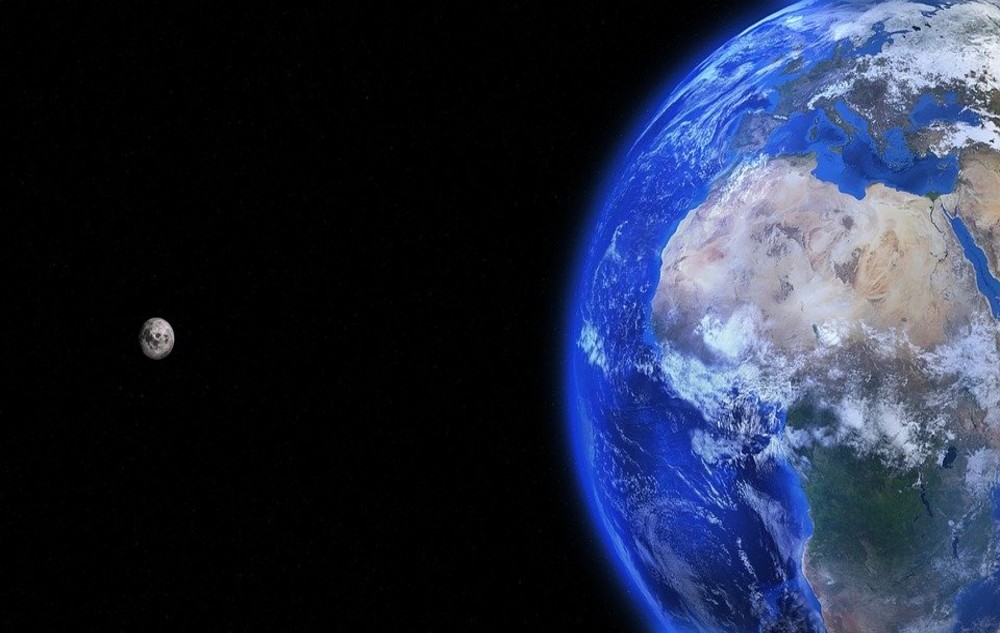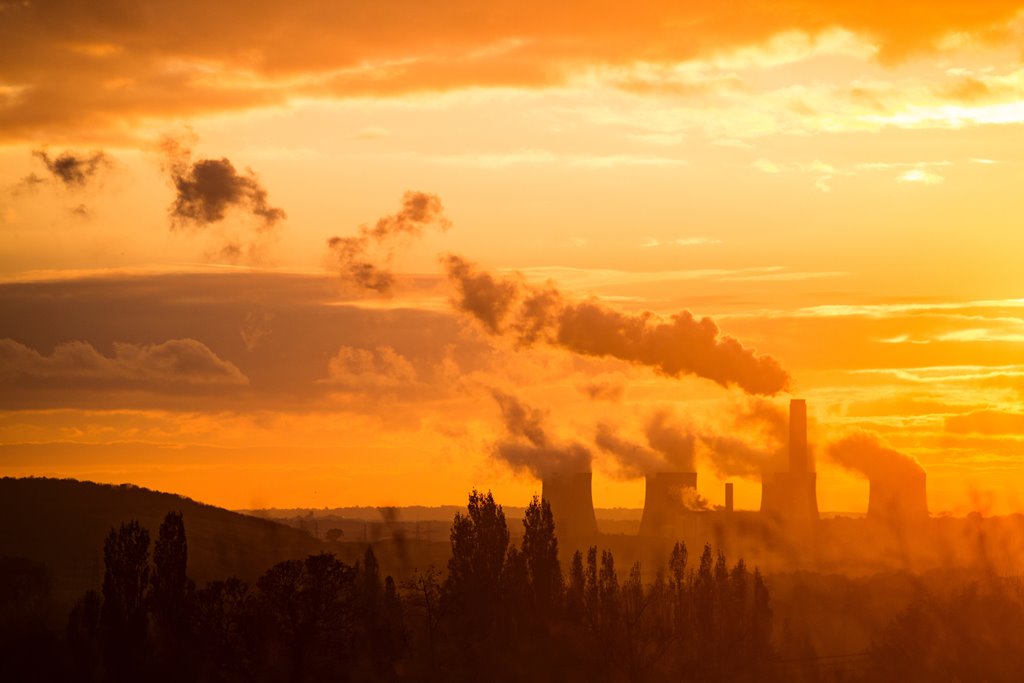A new study by researchers from the University of Leeds has determined the origins of oxygen on our planet. The study traces events that occurred which resulted in increased levels of oxygen that could support life.
A University of Leeds study that was published in the Journal Science is shedding light on the history of oxygen on our planet. The study highlights new insights into how oxygenation of our planet happened.
Up until 2.4 billion years ago, oxygen was nonexistent in our atmosphere. However, this was about to change with a series of three major events that happened, which in turn, increased the levels of oxygen in the atmosphere.
Scientists have, however, debated and failed to agree on the significance of these phases or how the oxygen came to be.
The lead researchers in the study were able to use the model of biogeochemistry to run over the whole of earth history. The model, which has been in use for a long time and is well established among the scientific community, is accurate and straightforward.
The lead researchers were able to determine all the three phases of oxygenation that occurred during the earth’s formation when running the model.
Their study went beyond the early photosynthetic microbes and the initiation of plate tectonics to determine the period where the earth had accumulated enough oxygen to support life. The theory can also lead to the discovery of new high oxygen planets existing elsewhere.
Levels of oxygen in different eras
The study’s lead researcher, Lewis Alcott, a postgraduate researcher in the School of Earth and Environment at Leeds described the theory as:
This research really tests our understanding of how the Earth became oxygen-rich, and thus became able to support intelligent life. Based on this work, it seems that oxygenated planets may be much more common than previously thought.
The first even of oxygenation occurred during the Paleoproterozoic era about 2.4 billion years ago. This first phase was called the Great Oxidation Event.
This event was followed by the Neoproterozoic era, which occurred around 800 million years ago. The last phase, Paleozoic Era, occurred roughly 450 million years ago and resulted in rising oxygen levels to modern-day levels.
Evolution due to increased levels of oxygen
After the third phase, large animals that required a higher intake of oxygen for survival started evolving, resulting in dinosaurs and mammals. The study sequences these events in great detail about how everything came to be due to increased levels of oxygen.
Oxygen, a fundamental element in our atmosphere, had a major contribution to the formation of early life here on earth. Scientists can use this theory to explore different stages of oxygenation occurring on outer space planets. This could lead them to determine if these planets support extraterrestrial life.
Featured image by Pixabay







